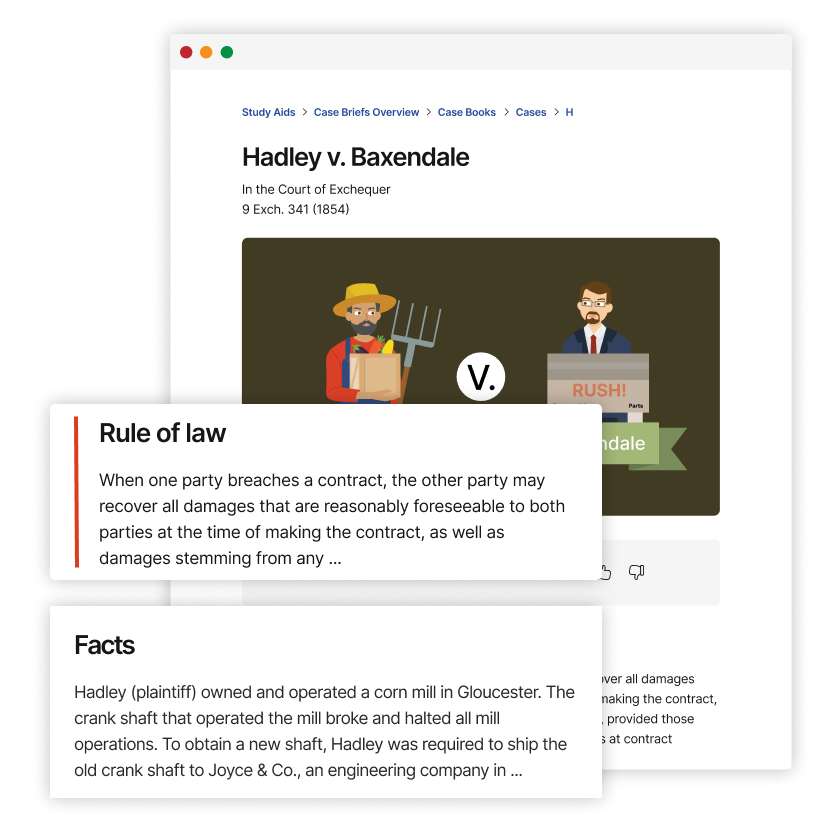Freeman v. Time, Inc.
United States Court of Appeals for the Ninth Circuit
68 F.3d 285 (1995)
- Written by Heather Whittemore, JD
Facts
Time, Inc. (defendant) sent personalized mailers to millions of people advertising its sweepstakes promotions. Michael Freeman (plaintiff) received these mailers from Time. The mailers included large capitalized and bold font that claimed that Freeman had won a prize of $1,666,675. In smaller font, the mailers qualified that Freeman would only win the prize if he mailed back a winning prize number. Freeman filed a lawsuit against Time in state court, alleging that Time violated two of California’s unfair or deceptive acts or practices statutes, the Unfair Business Practices Act and the California Consumers Legal Remedies Act (collectively, the state consumer-protection laws), by sending the mailers. The state consumer-protection laws required a showing that members of the public were likely to be deceived by claimed violations. Time moved to dismiss Freeman’s claims for failure to state a claim on which relief may be granted. Time argued that the state consumer-protection laws required a showing that a reasonable person of ordinary intelligence would be deceived by the mailers. Time made its argument by referring to § 5 of the Federal Trade Commission (FTC) Act, which had been interpreted to use a reasonable-person standard. Freeman opposed the motion, arguing that he only needed to show that some members of the public, such as minors or the elderly, were likely to be deceived by the mailers. The district court held that a reasonable-person standard applied, granted Time’s motion, and dismissed the claims. Freeman appealed.
Rule of Law
Issue
Holding and Reasoning (Tashima, J.)
What to do next…
Here's why 899,000 law students have relied on our case briefs:
- Written by law professors and practitioners, not other law students. 47,000 briefs, keyed to 994 casebooks. Top-notch customer support.
- The right amount of information, includes the facts, issues, rule of law, holding and reasoning, and any concurrences and dissents.
- Access in your classes, works on your mobile and tablet. Massive library of related video lessons and high quality multiple-choice questions.
- Easy to use, uniform format for every case brief. Written in plain English, not in legalese. Our briefs summarize and simplify; they don’t just repeat the court’s language.




